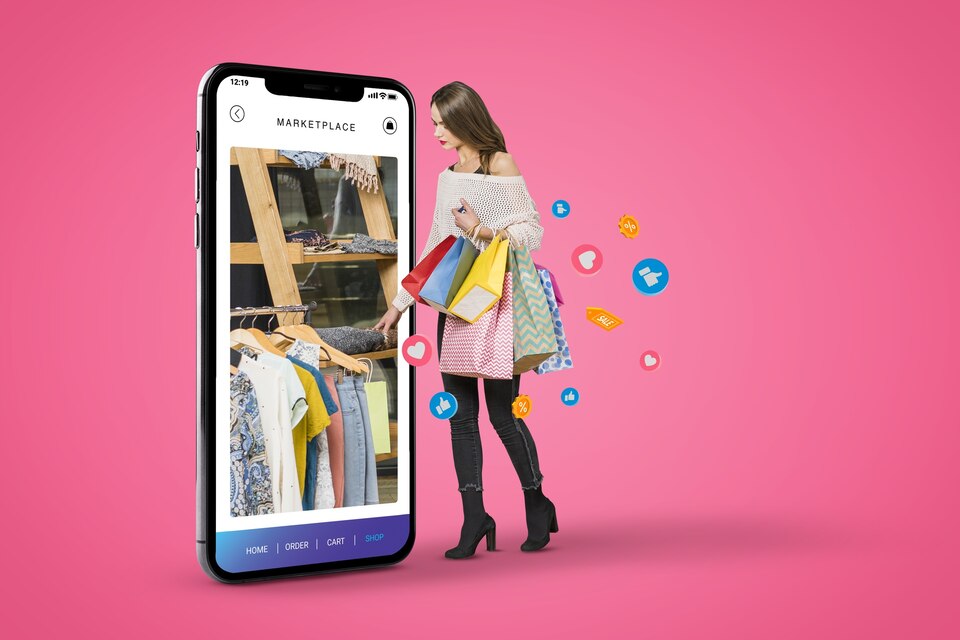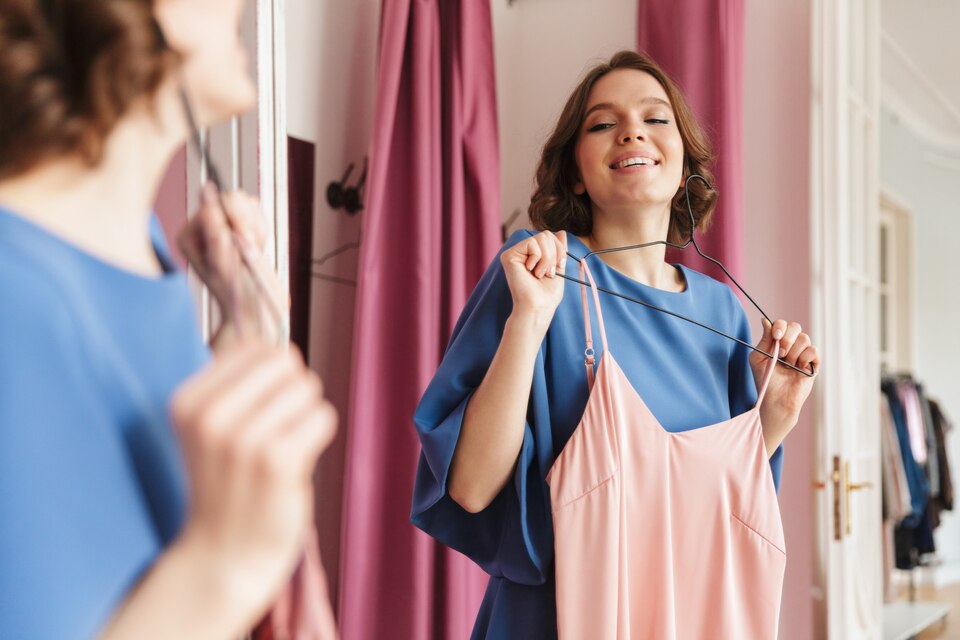In an age where our lives are intertwined with social media, fashion trends no longer emerge solely from the runways of Paris and Milan. It explores the seismic shift in platforms like Instagram, YouTube, and Pinterest. It explores how these digital realms have democratized fashion, given rise to fashion influencers, and sparked viral trends that transcend borders. In this digital era, social media is the new frontier where fashion trends are born, celebrated, and reshaped.
The Rise of Social Media and Its Fashion Impact
Social media has undergone a remarkable transformation, evolving from mere communication platforms into influential trendsetters in the fashion world. These platforms have democratized fashion, breaking traditional industry barriers and allowing individuals to become influential fashion figures.
Fashion bloggers, Instagram influencers, and YouTube fashionistas have emerged as trendsetters, with millions of followers eagerly watching their every style move. This shift in influence from fashion magazines to social media has given rise to a more diverse and inclusive representation of fashion styles, reflecting a global audience’s varied tastes and cultures.
Visual Storytelling: Instagram and Pinterest
Instagram, often dubbed the “visual diary of our lives,” has significantly reshaped fashion’s visual landscape. With its emphasis on striking imagery and curated feeds, Instagram has allowed fashion enthusiasts to tell their style stories captivatingly.
The rise of Instagram fashion influencers has transformed these individuals into fashion authorities, and fashion hashtags have become gateways to discover the latest trends. On the other hand, Pinterest serves as a virtual mood board for fashion lovers, enabling them to discover and share fashion inspiration and ideas. It has become a valuable tool for fashion planning and exploration.
Fashion on YouTube: Tutorials, Hauls, and Reviews
YouTube’s vast and diverse fashion community has redefined how we consume fashion content. From beauty gurus offering makeup tutorials to fashion vloggers showcasing their latest finds and style hauls, YouTube has become a go-to platform for fashion enthusiasts. What sets YouTube apart is its authentic and relatable approach to fashion.
Viewers can connect with real people who share their fashion experiences, style advice, and product reviews. The platform’s democratizing nature has allowed individuals to become fashion influencers, and it has become a valuable resource for those seeking practical fashion tips and inspiration.
Social Media’s Role in Fast Fashion
The marriage between social media and fast fashion has reshaped the fashion industry’s landscape. Social media’s instant and viral nature aligns seamlessly with the fast fashion model. Consumers can now witness runway shows live and purchase showcased items immediately, a phenomenon known as “see now, buy now.”
While this has made fashion more accessible, it has also raised concerns about fast fashion’s environmental and ethical implications. The pressure to constantly update one’s wardrobe in response to social media trends has contributed to a culture of overconsumption, highlighting the need for more sustainable and conscious fashion choices.
Viral Fashion Challenges and Hashtag Movements
Social media’s influence extends beyond fashion choices; it has become a platform for viral challenges and hashtag movements that drive awareness and change. Challenges like the Ice Bucket Challenge and movements like Blackout Tuesday have brought attention to important issues.
In fashion, hashtag movements have raised awareness about sustainable fashion, body positivity, and inclusivity. These movements empower individuals to engage in meaningful dialogues and advocate for positive changes within the fashion industry.
The Future of Fashion in the Digital Age
The fashion landscape is ever-evolving, and social media’s role in shaping trends continues to grow. As new social media platforms appear and existing ones evolve, the future of fashion in the digital age remains promising and transformative. With virtual reality (VR) and augmented reality (AR) integration, fashion enthusiasts can expect immersive and interactive experiences that blur the borders between the digital and physical realms. Fashion brands, influencers, and consumers will likely forge deeper connections with technology, centralizing personalization and innovation. The journey of fashion trends in the digital age is poised for exciting advancements and possibilities.
How do I discern between authentic fashion influencers and those driven by sponsored content?
Authenticity is crucial. Look for influencers who maintain a consistent and genuine style regardless of brand partnerships. Genuine influencers engage with their audience beyond promotions, sharing personal experiences and insights. Research their content history to gauge authenticity.
Are there ethical fashion influencers promoting sustainability?
Yes, many fashion influencers prioritize sustainability. Look for those who support ethical brands, discuss sustainable practices, and advocate for responsible consumption. Influencers often share their sustainable fashion journeys, offering valuable insights.
How can I avoid succumbing to fast fashion trends pushed by social media?
Mindful consumption is critical. Before purchasing, ask yourself if the item aligns with your style and if you’ll wear it beyond the trend. Consider buying from sustainable brands or thrifting to reduce your fast fashion footprint.
Can social media drive positive change in the fashion industry?
Absolutely. Hashtag movements and fashion activism on social media have already influenced brands to be more inclusive, sustainable, and transparent. When individuals unite on social media to advocate for change, brands listen and adapt.
Conclusion
Social media’s influence on fashion trends is undeniable, as it has reshaped how we discover, embrace, and express fashion. From the democratization of style through Instagram and Pinterest to the authenticity of YouTube fashion content, social media has amplified individual voices and made fashion more inclusive.
However, its partnership with fast fashion has raised questions about sustainability and ethics. Nevertheless, social media’s potential for positive change through hashtag movements and activism signifies its enduring impact on the fashion world. As we navigate this digital age, the intersection of social media and fashion trends promises to evolve, shaping the future of fashion in exciting and unprecedented ways.


